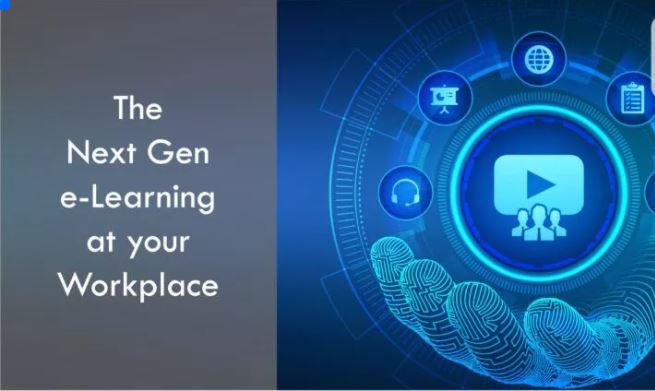There are numerous advantages to holding an online discussion similar to a face-to-face setting. Through interactive interaction with their peers and the instructor, employees can extend their learning outside the classroom. An online discussion is similar to a face-to-face conversation in that it requires instructor moderating and active management, preparatory time, and summation of the concepts presented.
Online discussion forums: A brief introduction
All you could do in the past was post some e learning management system online and hope that your learners would find it. It wasn’t the best answer, but it was all the technology-enabled us to accomplish at the time. You can thank your lucky stars that educational technology has continued to advance.
We now have the applications we need to support any training program we can think of. The main issue is that technological advancements have occurred so swiftly that humans have had little opportunity to acclimatize. Maybe you’re afraid to take a chance and try something new. Perhaps you are unaware of the possibilities accessible to you. Whatever the case may be, now is the moment to embark on a journey into the future of training.
The Upsides of Online Discussion Forums
High-quality work
Given that employees have time to ponder their discussion contributions before posting, they can offer more resources and fascinating facts than they might in a face-to-face conversation on the same topic if the instructor makes the goals and requirements clear.
Preparation
Employees may or may not have prepared or read the material in face-to-face training. Still, they get enough time to look up the information and study the item before posting a response about it in an online discussion, especially for learners who may need extra  time to prepare for meetings.
time to prepare for meetings.
Netiquette
In the new millennium, we are all being forced to master a whole new set of social communication skills: properly debate subjects in an online format. The instructor plays a critical role in assisting trainees in developing their digital footprint via voices and personas in a polite and socially acceptable manner. This fosters a welcoming learning community for all. This is a skill that employees will apply in their personal and professional lives as technology for communication expands.
Writing abilities
Employees will have the opportunity to enhance their writing abilities if the instructor has high standards for the quality of the work that learners submit.
How to incorporate online discussion forums in corporate training?
Not all training managers are entirely out of touch with what’s going on in the industry. Some people have recognized that discussion groups can help them get more out of their training. Here are a few examples of how chat groups can be used. It’s possible that your training program already contains a group discussion that you’re unaware of.
Keeping learners in the forefront
It’s possible that the learners’ objective was not to form their discussion groups in the first place. Perhaps someone sends a WhatsApp message to a colleague, inviting another expert to join the group. They may also roll it out on LinkedIn or Facebook as more people are added. Before you realize what’s occurred, they’ve created a community of people passionate about the same thing.
Familiarizing with the discussion board
Employees will need some time to get used to the discussion board, especially if they are new to online courses or the learning management system (LMS) you are using. Introduce an LMS with a user-friendly discussion board. Provide advice on submitting posts and replies if yours is extremely clumsy. Even if you think your learners are tech-savvy, they may have little experience with this type of asynchronous, semiformal communication.
Searching for SMEs
Training managers can also use discussion groups to figure out who is the go-to person for any business-related information. Once again, gamification comes to the rescue! You can identify who has the most to say on any topic by adding a ‘top contributors’ leaderboard to each group. This simplifies the L&D department‘s job, and it also allows otherwise unnoticed people to be recognized for their competence.
Conclusion
Collaboration is exactly what your training program needs. You may add a social element to your training with relatively little effort. If your LMS already allows for group conversations, make sure you’re taking advantage of them. If not, you can start with an existing social app. That should tide you over until you can find the funds to invest in a feature-rich LMS like PlayAblo!

 Log in with Facebook
Log in with Facebook 







